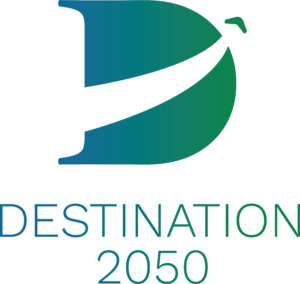COP26: Europe’s aviation sector calls for wider adoption of decarbonisation objectives to be agreed at ICAO 2022 Assembly
Statement from Johan Lundgren, CEO of easyJet and Chairman of Airlines for Europe on behalf of Destination 2050 partners at COP26
Glasgow, 12 November 2021 – “In February this year, Europe’s aviation industry set out a path for meaningful CO2 emissions reductions by 2030 and by 2050. Our Destination 2050 roadmap – endorsed at the highest level by Europe’s airlines, airports, aerospace manufacturers and air navigation service providers – has set out our decarbonisation commitments in clear terms: building on the Paris Agreement and the European Green Deal, it sees all flights within and departing the EU, UK and EFTA realising net zero CO2 emissions by 2050.
Our sector is by nature a global one, so we encourage others to follow suit. Alongside regional measures, a strong global framework should be established and put into action, enable aviation’s decarbonisation to happen on a global scale and match our ambition in Europe.
Europe’s air transport sector strongly supports and encourages the wider adoption of ambitious decarbonisation objectives and related long-term actions by all countries and regions, including those to be agreed at a global level at the next ICAO assembly in 2022.”

About Destination 2050
Europe’s aviation sector is collectively on board to lead the way in reducing aviation CO2 emissions by 2030 and 2050 — making flying more sustainable for the long term. In February 2021, Europe’s airlines, airports, aerospace manufacturers and air navigation service providers laid out a joint long-term vision along with concrete solutions to the complex challenge of reaching net zero CO2 emissions from all flights departing the EU, UK and EFTA by 2050. The independent report by the Royal Netherlands Aerospace Centre (NLR) and SEO Amsterdam Economics shows how a combination of actions from all stakeholders – including the EU and national governments – in four key areas could achieve substantial CO2 emissions reductions in line with EU climate goals. These include: Improvements in aircraft and engine technologies (including hybrid, electric and hydrogen propulsion), using sustainable aviation fuels (SAFs) both for fixed- and rotary-wing platforms, implementing economic measures and improvements in air traffic management (ATM) and aircraft operations. For more information, visit www.destination2050.eu
